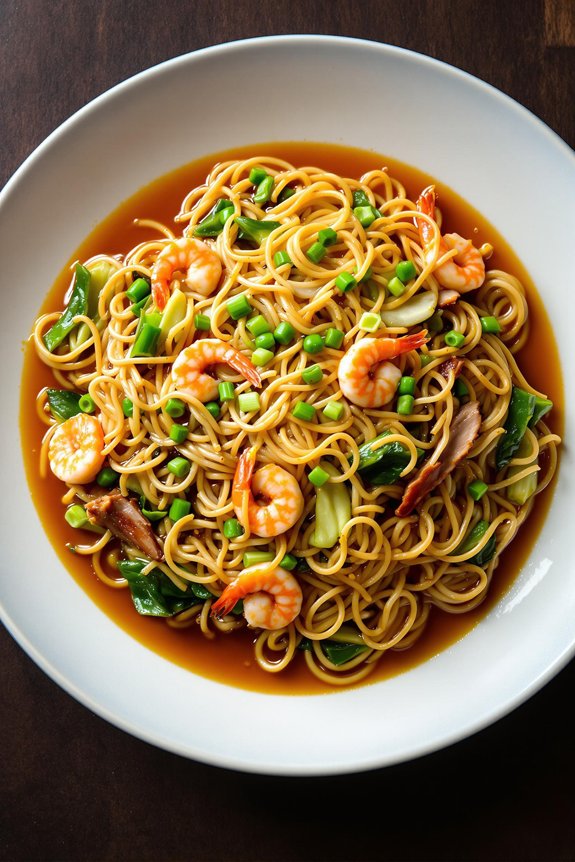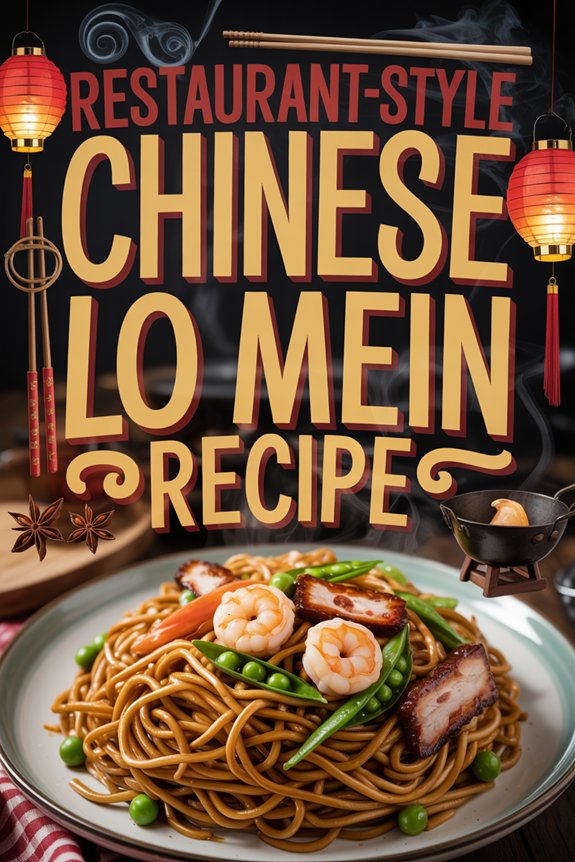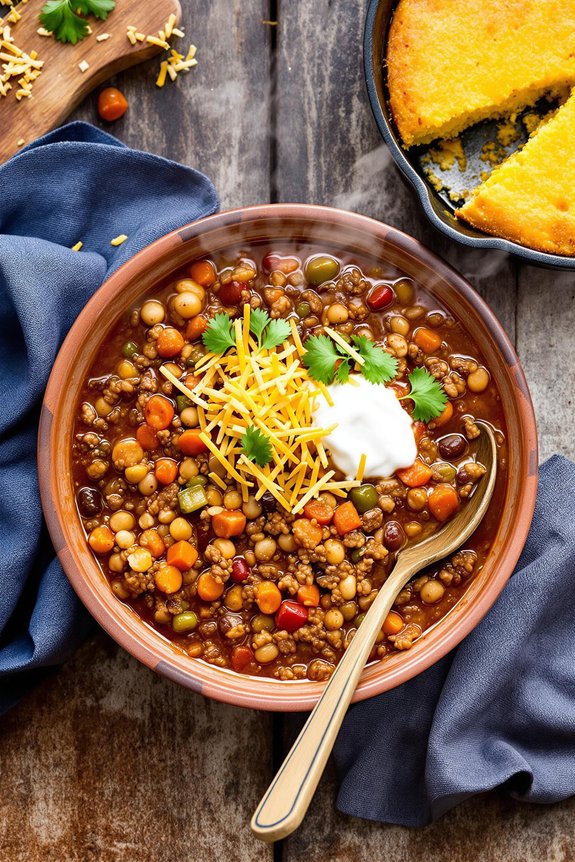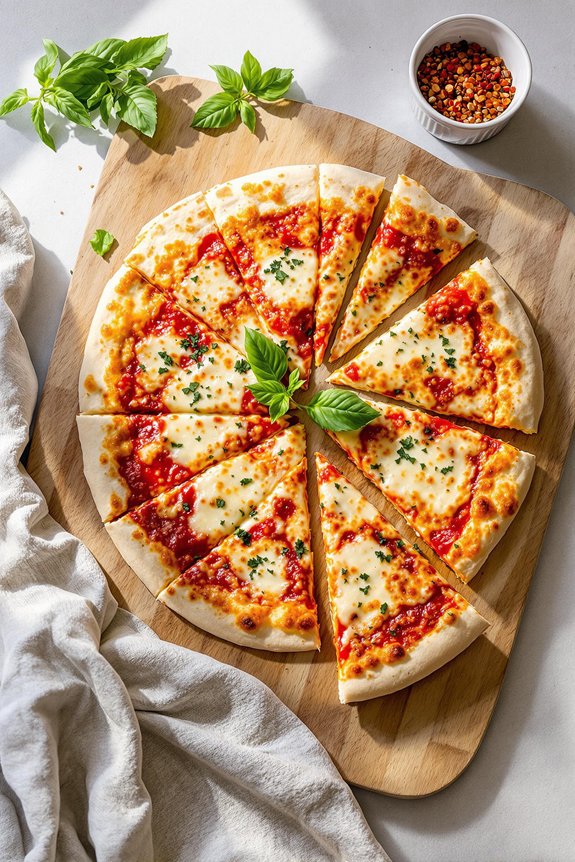Why You’ll Love this Chinese Lo Mein
Comfort food at its finest, this Chinese Lo Mein brings restaurant-quality flavors right to your kitchen table. The combination of tender shrimp, crisp vegetables, and perfectly cooked noodles creates that magical balance of textures I’m always chasing in Asian cuisine.
What’s not to love about a dish that’s both impressive and approachable? The rich oyster sauce coats each strand of noodle, while the ginger and garlic provide that aromatic punch we crave.
And can we talk about those pea pods? They add the perfect fresh crunch against the silky mushrooms and savory barbecued pork.
What Ingredients are in Chinese Lo Mein?
When preparing this Chinese Lo Mein recipe, you’ll need quite a few ingredients, but don’t let that intimidate you! Most are pantry staples if you cook Asian cuisine regularly, and the fresh components bring all those authentic flavors together. The beauty of Lo Mein lies in its perfect balance of protein, vegetables, and noodles, all wrapped in that signature savory sauce that clings to every bite.
- 3/4 pound shrimp, peeled and deveined
- 8 ounces Chinese egg noodles
- 8 ounces bok choy (about 4 large stalks)
- 6 ounces pea pods
- 4 ounces mushrooms, sliced
- 2 green onions, cut into 2-inch pieces
- 1 cup barbecued pork, sliced
- 1/4 cup oyster sauce
- 1 cup chicken broth
- 1 teaspoon chopped gingerroot
- 1 teaspoon finely chopped garlic
- 4 tablespoons vegetable oil (divided)
- 1/2 teaspoon sesame oil
- 4 tablespoons cornstarch (divided)
- 1 1/4 teaspoons salt (divided)
- 1/8 teaspoon white pepper
- 3 tablespoons cold water
You might notice this recipe calls for both fresh shrimp and barbecued pork, which gives the dish its wonderful depth of flavor. Can’t find barbecued pork? You could substitute char siu from an Asian market or even leftover roast pork in a pinch. The oyster sauce is non-negotiable though—it’s the secret ingredient that gives authentic Lo Mein its distinctive umami richness. For vegetable substitutions, feel free to use what’s in season, but the combination of bok choy, pea pods, and mushrooms provides that traditional texture contrast that makes this dish so satisfying.
How to Make this Chinese Lo Mein
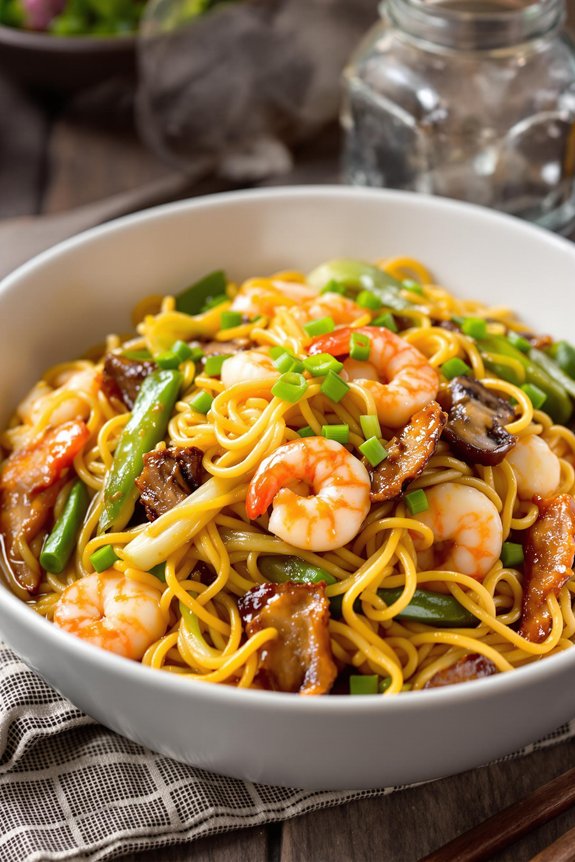
Making authentic Chinese Lo Mein might seem intimidating with its long ingredient list, but the process is actually quite straightforward when broken down into manageable steps.
Begin by preparing your shrimp—peel 3/4 pound of them, cut a shallow slit down the back to remove the sand vein, then slice each one lengthwise. Toss the shrimp with 1 teaspoon cornstarch, 1/2 teaspoon sesame oil, 1/4 teaspoon salt, and 1/8 teaspoon white pepper in a bowl, then refrigerate for 20 minutes. This quick marinade is what gives the shrimp that tender, flavorful quality that makes restaurant-quality lo mein so special.
While the shrimp marinate, prepare your vegetables. Separate the bok choy leaves from stems (trust me, this matters for even cooking), cutting leaves into 2-inch pieces and stems into diagonal 1/4-inch slices. Blanch 6 ounces of pea pods for just one minute in boiling water, then immediately shock them in cold water to preserve that vibrant green color and crisp texture. Slice 4 ounces of mushrooms and cut 2 green onions into 2-inch pieces.
Now, bring your cooking station together by mixing 3 tablespoons cornstarch with 3 tablespoons cold water in a small bowl—this slurry will thicken your sauce later. Cook 8 ounces of Chinese egg noodles in boiling water for about 5 minutes until soft enough to separate, drain them, and keep warm in a 300°F oven while you finish the stir-fry components.
The final assembly happens quickly, so have everything ready to go. Heat your wok until it’s smoking hot, add 2 tablespoons vegetable oil, and stir-fry your marinated shrimp with 1 teaspoon each of chopped gingerroot and garlic until the shrimp turn pink. For the best cooking results, consider using a premium roasting pan set when preparing this dish at home.
Remove the shrimp, add another 2 tablespoons oil, and stir-fry the bok choy stems for a minute before adding the leaves, mushrooms, 1/4 cup oyster sauce, and 1 teaspoon salt. After another minute of stir-frying, pour in 1 cup chicken broth, bring to a boil, and thicken with your cornstarch mixture.
Return the shrimp to the wok along with the pea pods, green onions, and 1 cup sliced barbecued pork, giving everything a final 30-second stir to combine all those glorious flavors. Serve this aromatic masterpiece over your waiting noodles, and prepare for a taste of authentic Chinese comfort food right at your dinner table.
Chinese Lo Mein Substitutions and Variations
While traditional Chinese Lo Mein follows specific ingredients and techniques, this classic dish welcomes creative adaptations based on what’s available in your pantry.
Don’t have shrimp? Try chicken, beef, or go vegetarian with extra mushrooms and tofu. Bok choy can be swapped for spinach or cabbage in a pinch, and regular spaghetti works if Chinese egg noodles are nowhere to be found. You might even try rice noodles for a gluten-free option.
For flavor variations, I sometimes add hoisin or sriracha instead of oyster sauce, or toss in whatever veggies are lurking in my fridge.
The beauty of Lo Mein? It’s forgivingly flexible.
What to Serve with Chinese Lo Mein
Now that you’ve mastered the art of adapting your Lo Mein, let’s talk about creating the perfect dining experience around this savory noodle dish.
I’m a firm believer that balance makes a meal memorable.
For a complete Chinese feast, pair your Lo Mein with crispy egg rolls or delicate dumplings as appetizers.
Need something fresh? A simple cucumber salad with rice vinegar cuts through the richness perfectly.
Don’t forget about drinks—jasmine tea complements those umami flavors wonderfully, while a cold Tsingtao beer offers a revitalizing contrast.
For dessert? Keep it light with orange slices or fortune cookies.
Final Thoughts
After you’ve savored each bite of this authentic Chinese Lo Mein, you’ll understand why this dish has stood the test of time in kitchens around the world.
I’m convinced the secret lies in balancing those fresh vegetables with tender shrimp and that savory sauce coating each noodle.
Isn’t there something magical about creating restaurant-quality dishes at home?
The beauty of Lo Mein is its versatility—swap proteins, add your favorite veggies, or adjust the sauce to your taste.

